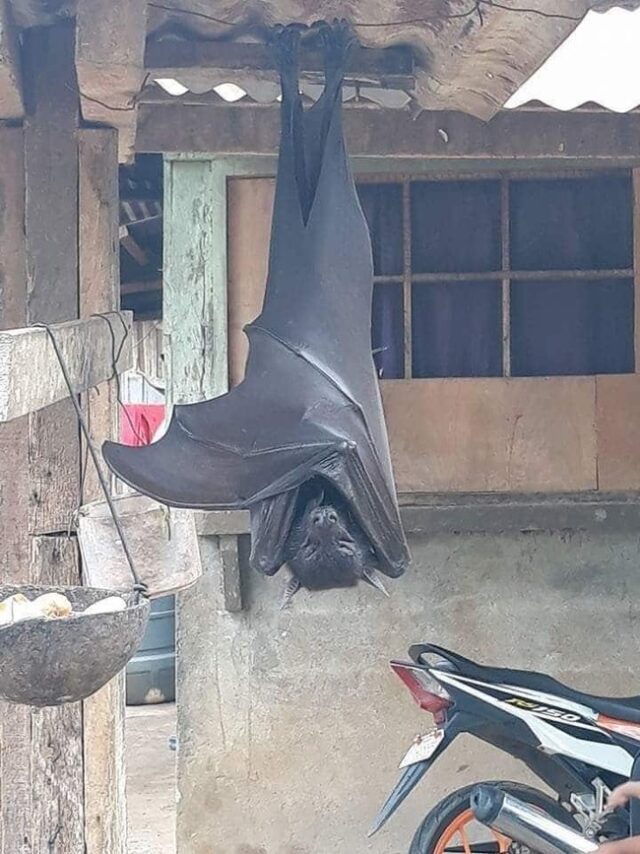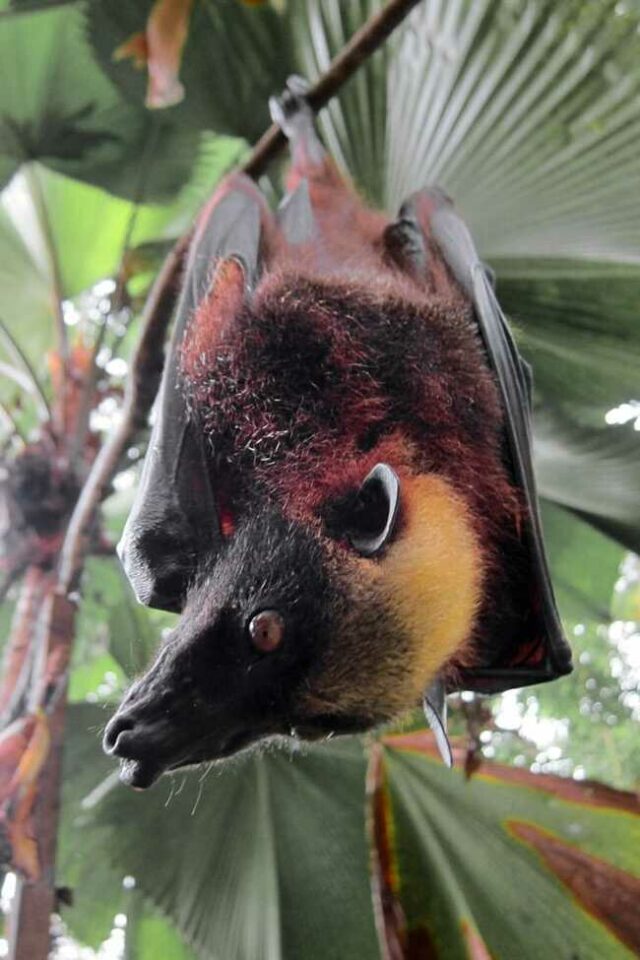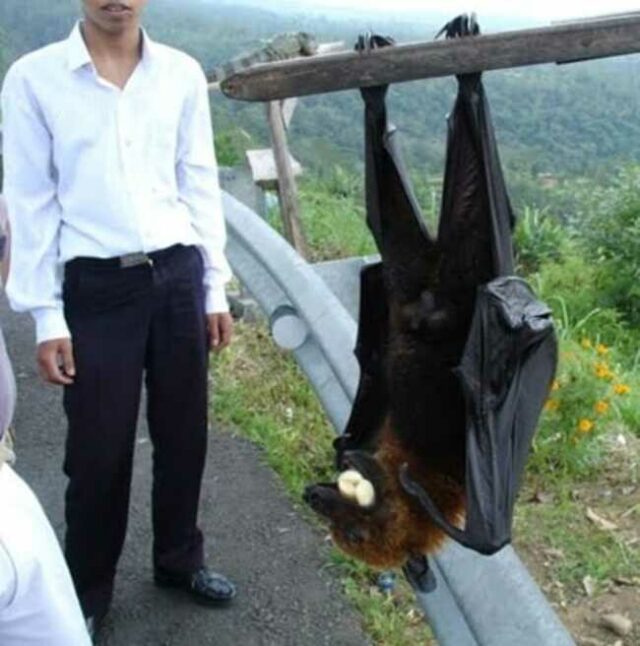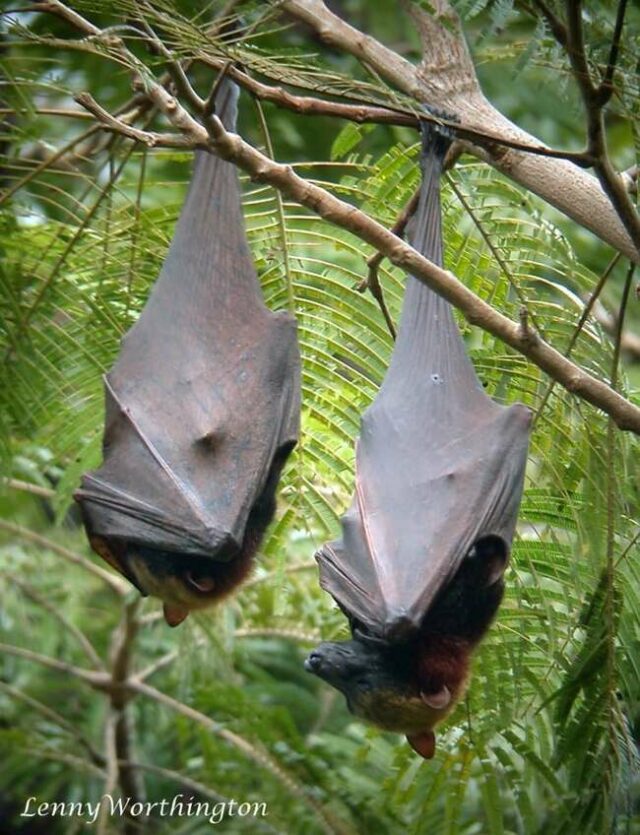
In 2020, a viral photo on Twitter captured the attention of the internet, featuring what appeared to be a human-sized bat in the Philippines. Initially dismissed as fake, the image was later confirmed to be authentic, showcasing the impressive size of the golden-crowned flying fox, also known as the golden-capped fruit bat. As one of the world’s largest bat species, these endangered megabats can weigh up to three pounds, boasting a wingspan reaching five and a half feet. Although the Twitter photo utilized forced perspective, making the bat seem even colossal, it accurately highlighted the remarkable size of this species.

Despite their intimidating appearance, giant golden-crowned flying foxes pose no threat to humans, primarily feasting on figs and leaves. Nocturnal in nature, they forage during the night and spend their days resting. Unfortunately, their existence faces challenges such as predation by large birds of prey, reticulated pythons, and human activities like hunting for bushmeat. Placed on the IUCN Red List in 2016 due to declining populations, the giant golden-crowned flying fox is vital to maintaining ecological balance. With their numbers dwindling, conservation efforts are crucial to protect the remaining subspecies, ensuring the continued contribution of bats to a healthy ecosystem by controlling insect populations and serving as essential seed spreaders and plant pollinators.

















